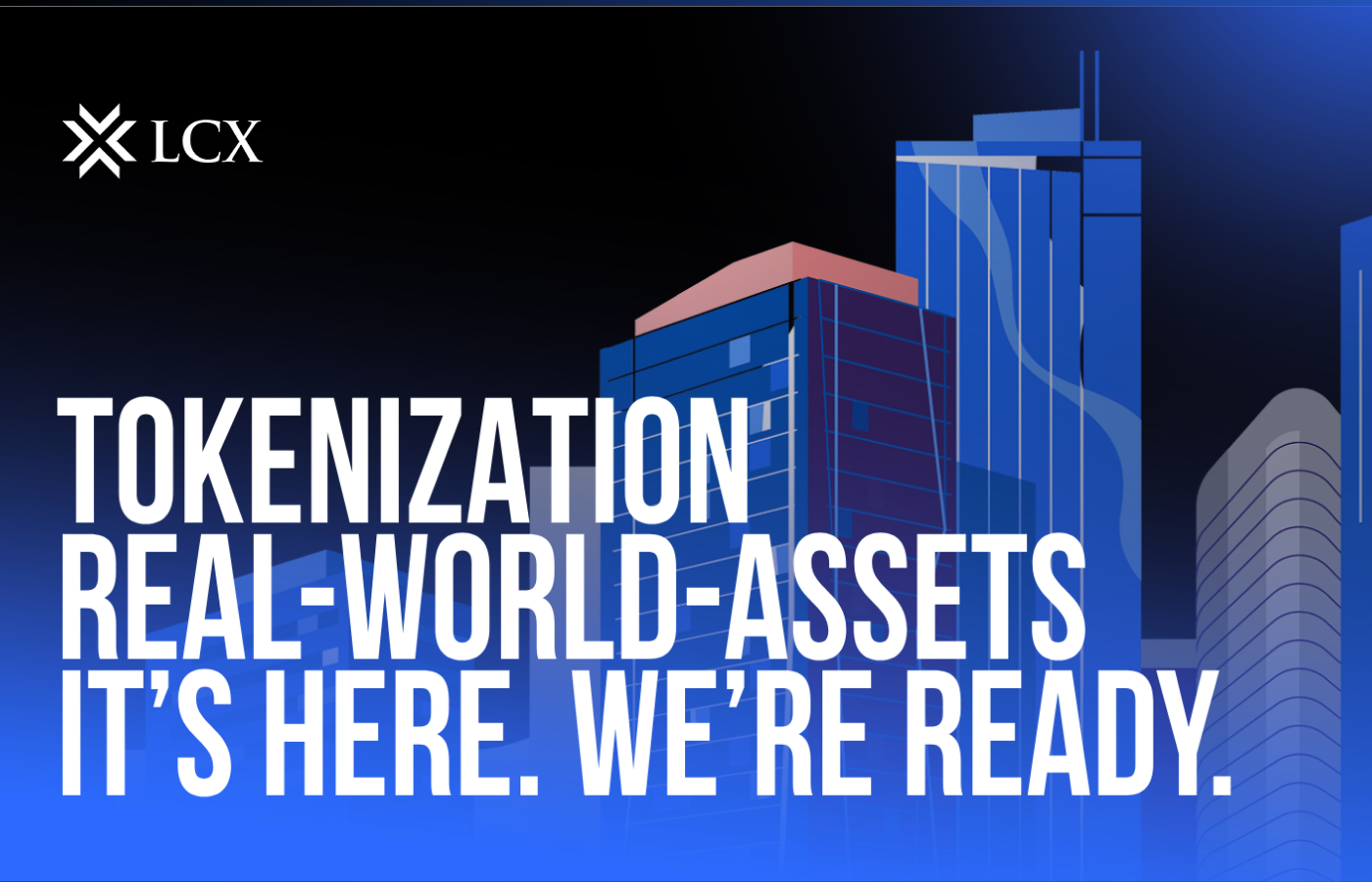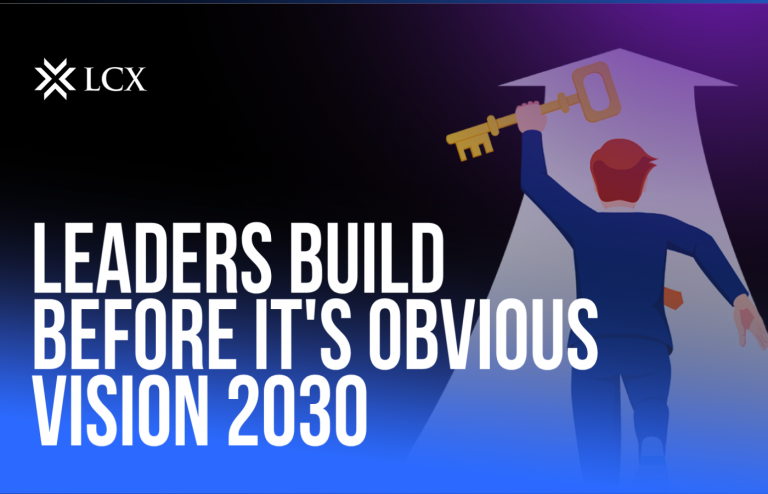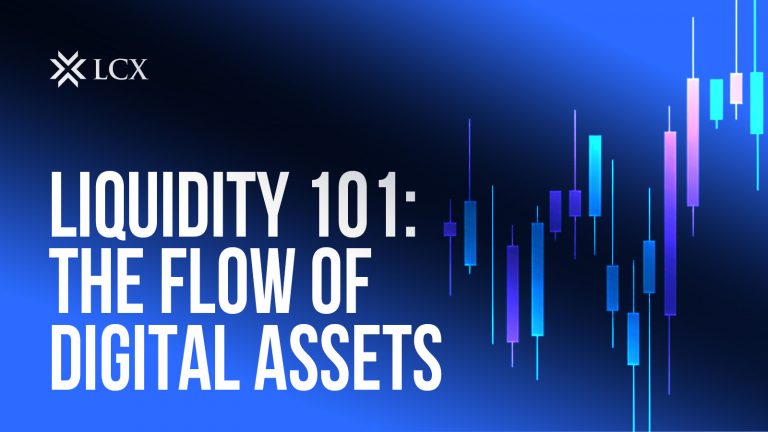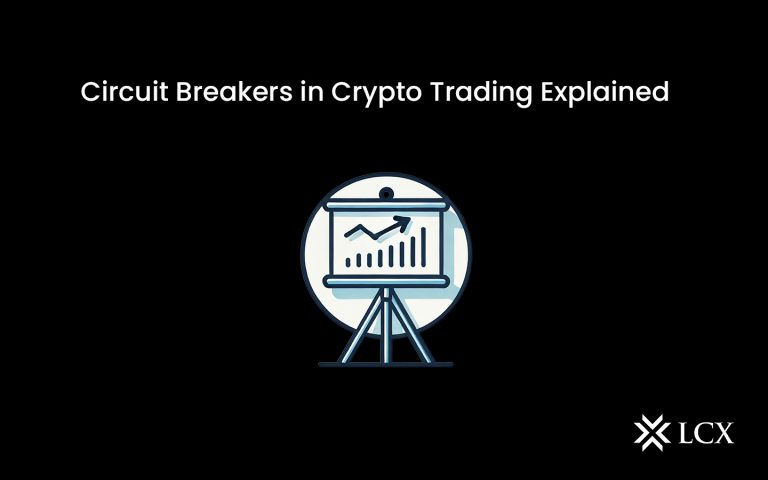A new era of finance is unfolding before our eyes. The concept is bold, yet simple: take real-world assets — from real estate and gold to carbon credits and intellectual property — and represent them as tokens on the blockchain.
This process, known as tokenization, is not a passing trend. It is the most important shift in finance since the birth of the Internet. Every major institution, forward-looking regulator, and digital-native builder is now aligned on one core belief:
The Power of Tokenization: From Illiquid to Liquid, From Exclusive to Accessible
Tokenization unlocks liquidity in assets that were previously out of reach. Real estate, fine art, startup equity — these are often high-value and difficult to divide or trade. Through tokenization and fractionalization, any asset can be divided into smaller, tradable units and made available to a global market.
-
Global tokenized market expected to grow to $16 trillion by 2030 (BCG and ADDX)
-
JPMorgan estimates 10% of global GDP will be tokenized by the end of the decade
-
$1 billion worth of RWAs already tokenized on Ethereum and growing monthly (21.co)
Tokenization enables 24/7 trading, transparency, programmable ownership, and direct peer-to-peer exchange — all while reducing reliance on intermediaries. Assets become borderless. Capital becomes more fluid. Trust is enforced by code and regulation, not paperwork.
From Vision to Reality: Tokenization Is Happening Now
What once seemed theoretical is now operational:
-
BlackRock tokenized shares of its money market fund on Ethereum
-
UBS issued a $50M tokenized bond on a public blockchain
-
HSBC began tokenizing gold for institutional investors
-
Franklin Templeton launched its on-chain U.S. Government Money Fund
From government bonds to luxury watches, real-world assets are going digital. And governments are responding. The EU’s MiCA regulation, Liechtenstein’s Blockchain Act, and Project Guardian in Singapore are all laying regulatory groundwork for the future of tokenized finance.
LCX: Powering the Infrastructure for Tokenization at Scale
LCX is not waiting for change. It is building it.
With regulatory approvals in Liechtenstein — one of the world’s most advanced blockchain legal frameworks — LCX is a Physical Validator, an essential bridge connecting real-world assets to the blockchain.
This means LCX is legally authorized to:
-
Validate the existence and legal ownership of physical assets
-
Enable both retail and institutional issuers to launch compliant tokenized assets
LCX is one of the only platforms that brings together regulation, blockchain infrastructure, token issuance, and asset validation in a single ecosystem.
Why Tokenization Will Redefine the Concept of Ownership
The old world of ownership is centralized, opaque, and full of friction. In the tokenized world, ownership becomes:
-
Programmable — with smart contracts enforcing rights and royalties
-
Fractional — giving more people access to high-value assets
-
Global — borderless assets traded 24/7 on-chain
-
Verified — validated by trusted parties like LCX with real-world legal backing
Tokenization and Fractionalization of Assets
Tokenization is the process of converting real-world assets into digital tokens on a blockchain. Each token represents ownership rights, value, or a stake in a physical or digital asset — making it easier to store, transfer, and trade in a secure and transparent way.
Fractionalization takes this concept further by breaking high-value assets into smaller, more affordable parts. Instead of needing $1 million to invest in a luxury apartment, an investor could own 1% of the asset through 1,000 tokens — each worth $1,000. This opens the door to broader participation and greater liquidity.
Example 1: Real Estate
A commercial property worth $5 million can be tokenized into 500,000 tokens, each representing a fractional share. These tokens can be traded on compliant marketplaces, allowing multiple investors to own a piece of the same building and receive rental income in proportion to their holdings.
Example 2: Fine Art
A $10 million painting can be fractionalized into digital tokens, enabling art lovers and collectors to co-own the artwork and benefit from future appreciation without physically possessing it.
Example 3: Government Bonds
Institutions like UBS have issued tokenized bonds, allowing them to be settled instantly and traded globally without intermediaries — a major improvement over traditional bond markets.
Tokenization and fractionalization democratize investing, create new liquidity for traditionally illiquid markets, and pave the way for 24/7 borderless trading. From real estate and art to gold, startups, and intellectual property — any asset can be tokenized.
Platforms like LCX are building the compliant infrastructure to make this future possible, bridging physical and digital worlds to unlock real-world value on-chain.
What the Future Holds for Tokenization: A Glimpse Into 2030 and Beyond
Tokenization is still in its early innings — but the trajectory is clear. What lies ahead is not just a financial upgrade. It’s a complete transformation of how the world values, owns, and transfers assets.
Here’s what the future holds:
1. A Global Marketplace for Everything
In the tokenized future, any asset — from a skyscraper in Dubai to a Picasso in Paris — will be available to buy, sell, or fractionalize on a blockchain-powered marketplace. Investors from anywhere in the world will be able to own a piece of anything.
The barriers that once limited access to wealth — high capital requirements, legal jurisdiction, intermediaries — will be replaced by programmable, transparent, and global protocols.
2. Hyper-Fractionalized Ownership
Assets will no longer be owned by one person or institution. A single apartment can be owned by 1,000 investors. A music catalog can pay out streaming royalties in real time to 10,000 stakeholders.
Fractionalization will unlock entirely new markets — not just for investing, but for collaboration and co-creation. This will enable shared ownership of high-value assets, and give rise to new models for funding, governance, and profit-sharing.
3. Governments and Central Banks Will Join the Movement
Governments are already experimenting with tokenized bonds, identity, and registries. The next phase will involve:
-
Land registries and property deeds on-chain
-
Tokenized treasury instruments and municipal bonds
-
Verified carbon credit systems linked to climate goals
-
On-chain birth certificates, identity passports, and credentials
Central banks will issue CBDCs (Central Bank Digital Currencies) and integrate with tokenized finance for faster, more transparent public services.
4. Smart Contracts Will Automate Trust
Instead of legal contracts locked in PDF files, tokenized assets will come with embedded rules — smart contracts — that enforce:
-
Ownership transfers
-
Royalty distributions
-
Usage rights
-
Governance mechanisms
This automation will reduce legal complexity, costs, and disputes — paving the way for a more efficient and trustless economy.
Tokenized assets will become portable and composable — tradeable on any compliant marketplace, usable in DeFi, staked for yield, or integrated into dApps.
5. Regulated Platforms Will Become the Backbone
With trillions of dollars in value at stake, trust and compliance will be paramount. Platforms like LCX, operating under regulatory supervision and offering legally enforceable tokenization infrastructure, will serve as the backbone of this new financial system.
Expect to see a clear divide: permissionless innovation on one side, and regulated, trusted issuance and trading hubs on the other — with bridges connecting both worlds.
6. A World Where Value Is Native to the Internet
The biggest shift of all? Value will become internet-native.
Today’s internet is built around content, communication, and commerce. The next internet — powered by tokenization — will add a missing layer: ownership.
Whether it’s a deed, a diploma, a data stream, or a digital collectible — everything will be tokenized, verified, and exchangeable without friction.
The Destination: A More Open, Inclusive, and Liquid World
By 2030, tokenization will not be a niche concept. It will be the default infrastructure behind global capital markets, digital identity, supply chains, real estate, and even culture.
The Shift Is Underway. LCX Is Ready.
Tokenization is no longer a theory. It is the direction the world is heading.
Everything of value — tangible or intangible — will be tokenized.
LCX is not just participating in this future. LCX is building the infrastructure to support it. With its regulatory-first approach, trusted physical validation model, and robust token issuance tools, LCX is enabling the real-world token economy to emerge — securely, transparently, and globally.
The world is changing. Finance is transforming.









